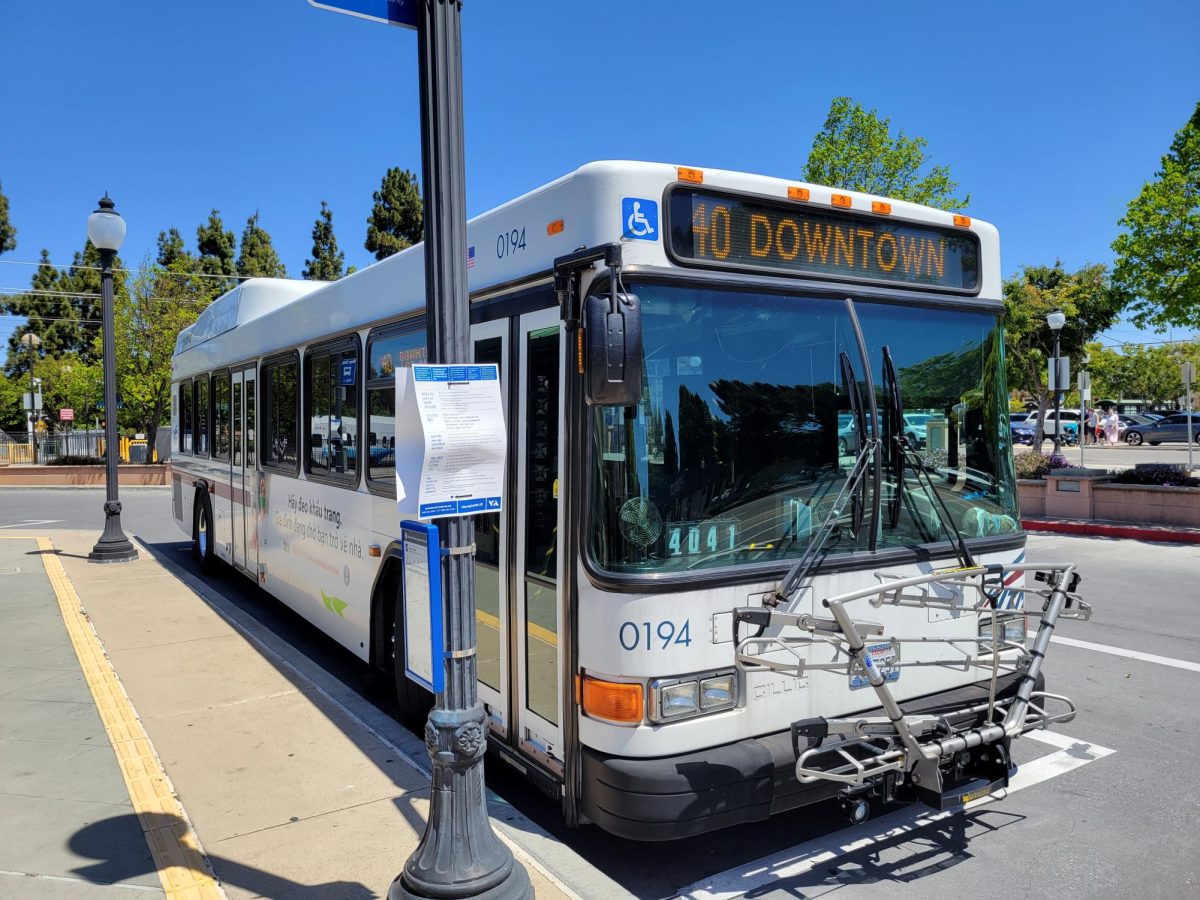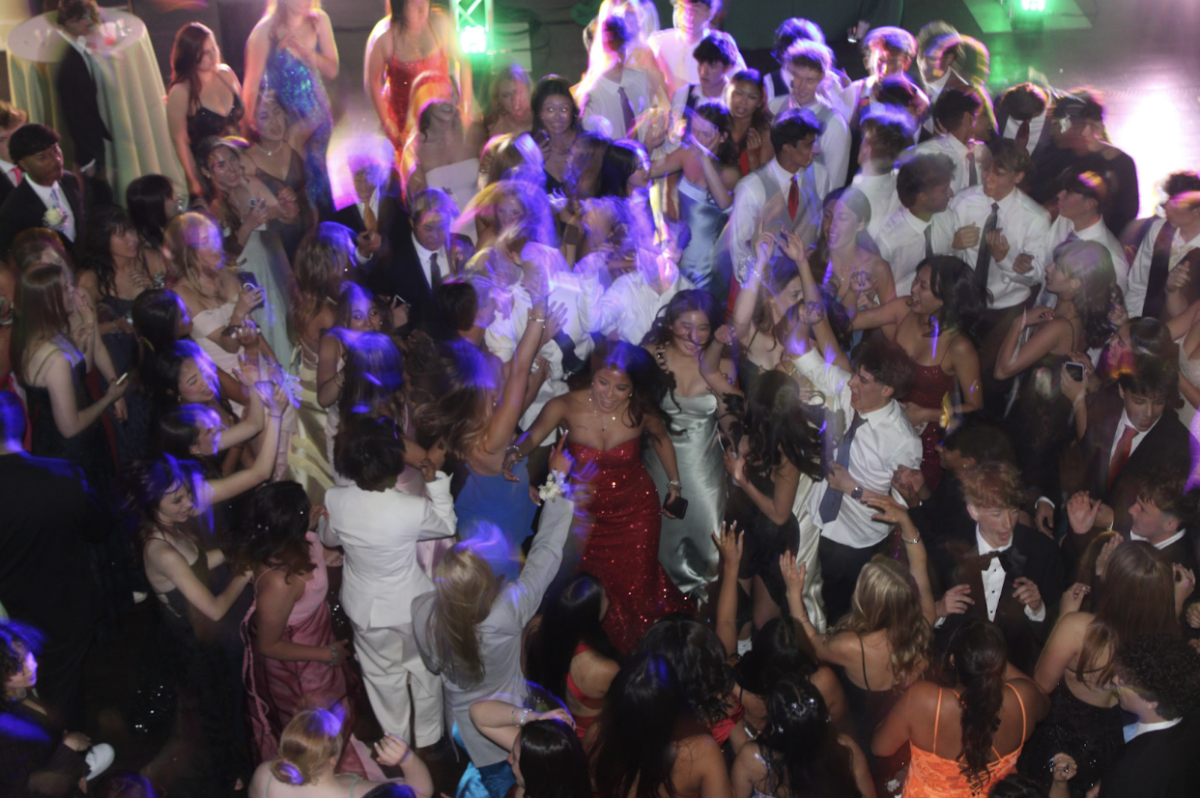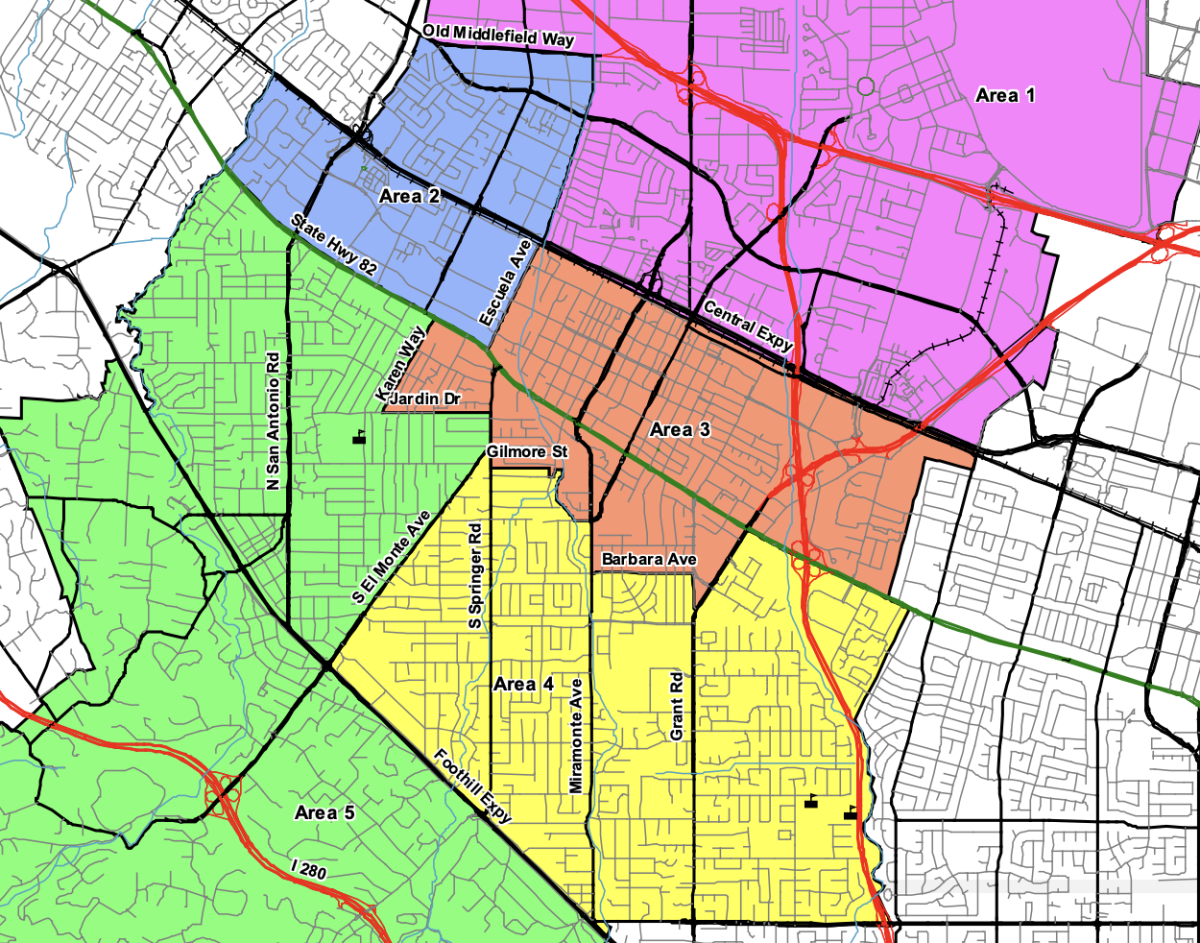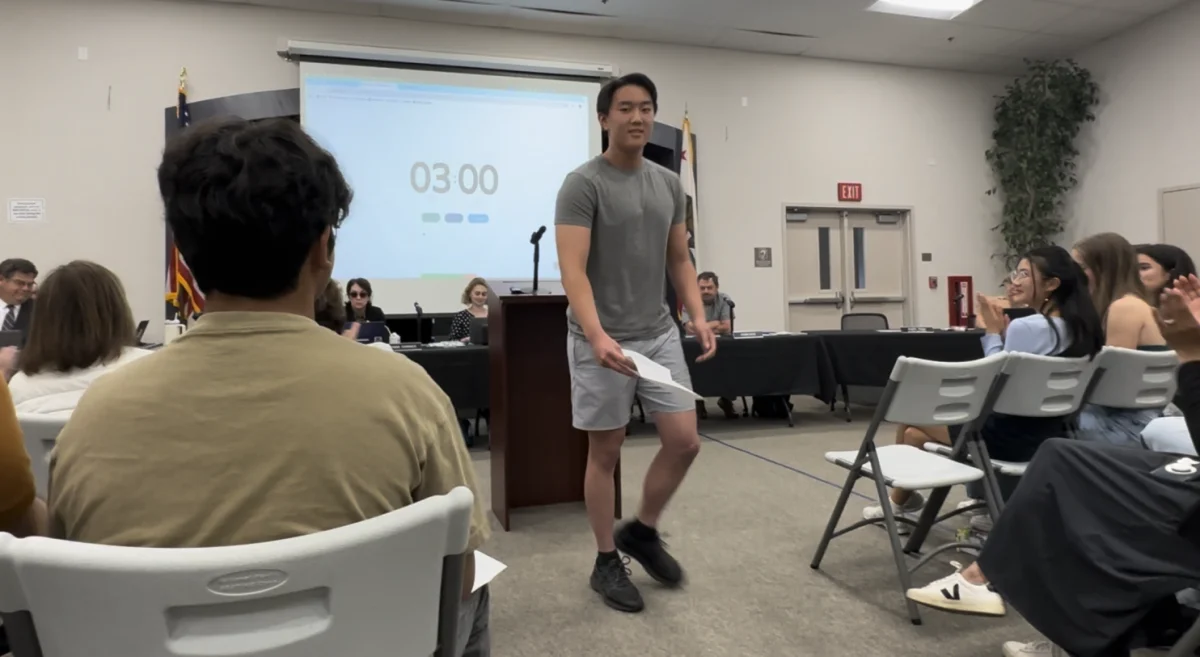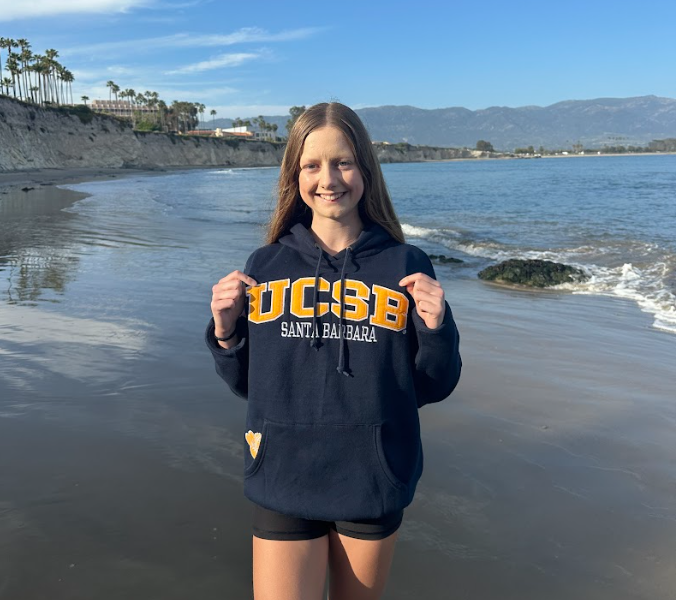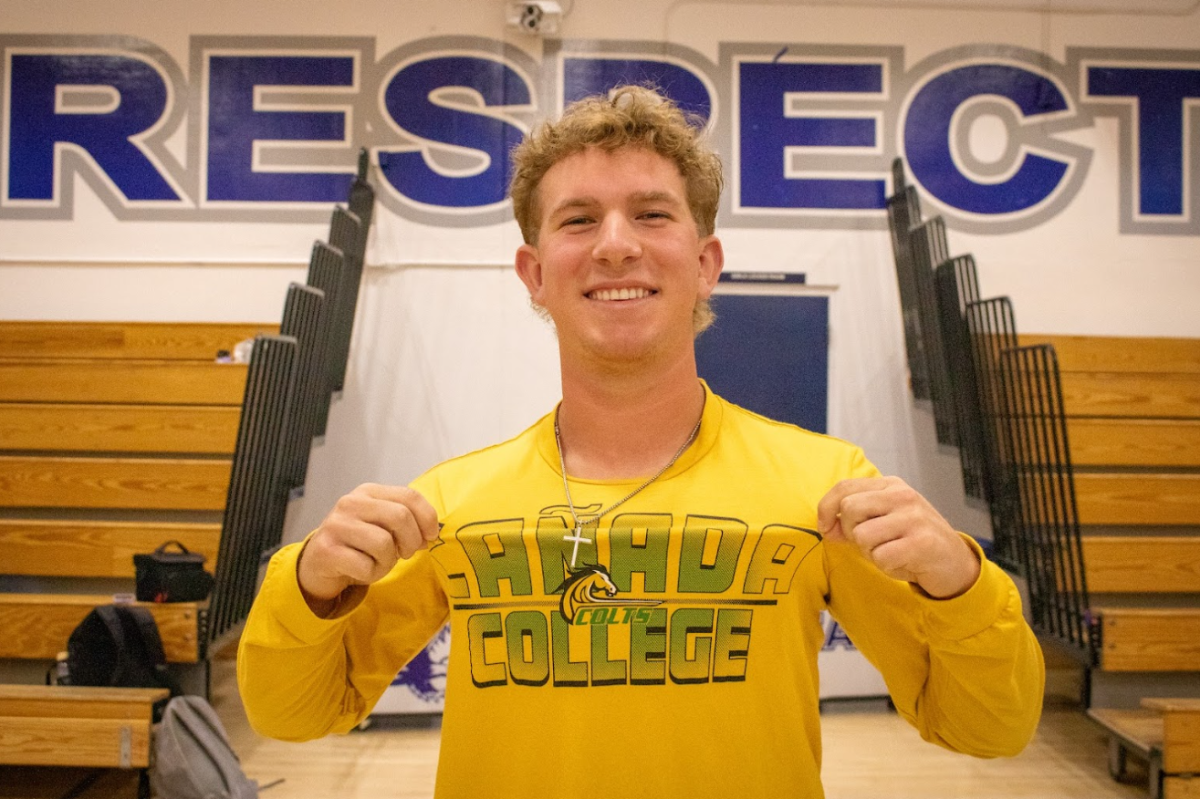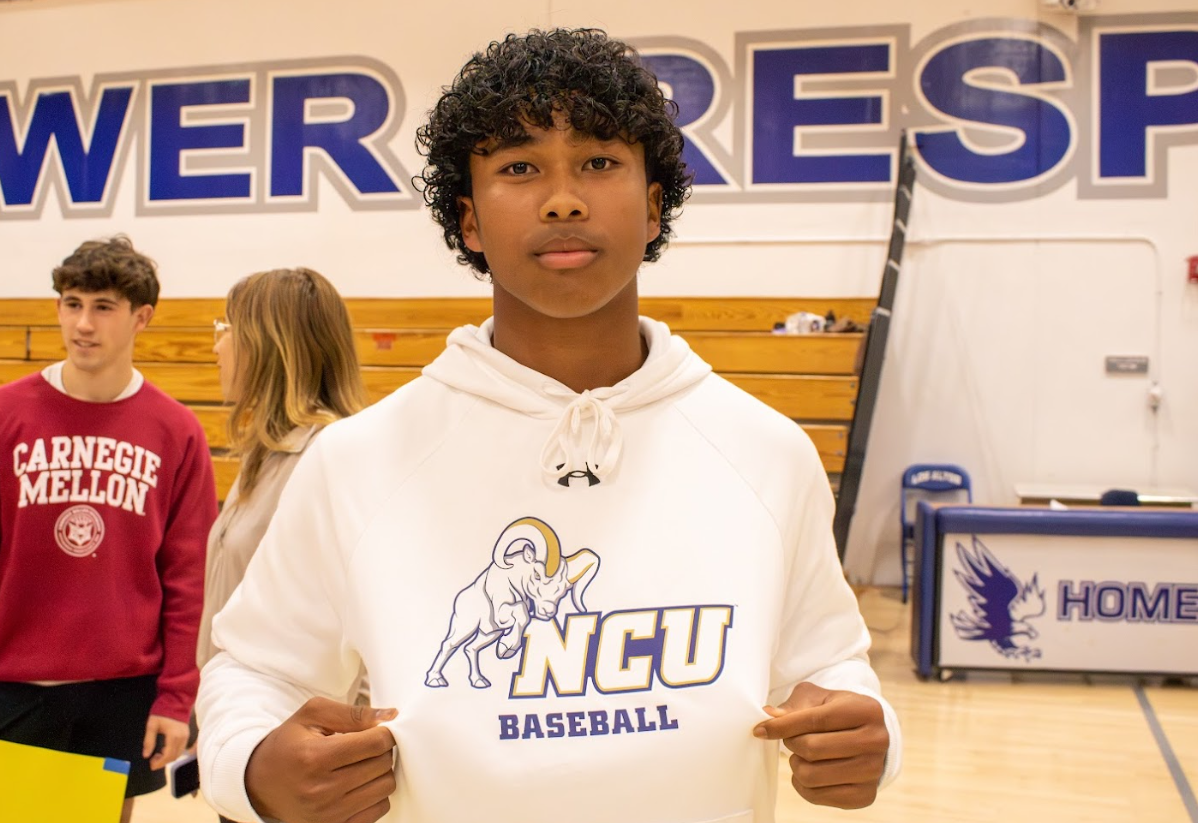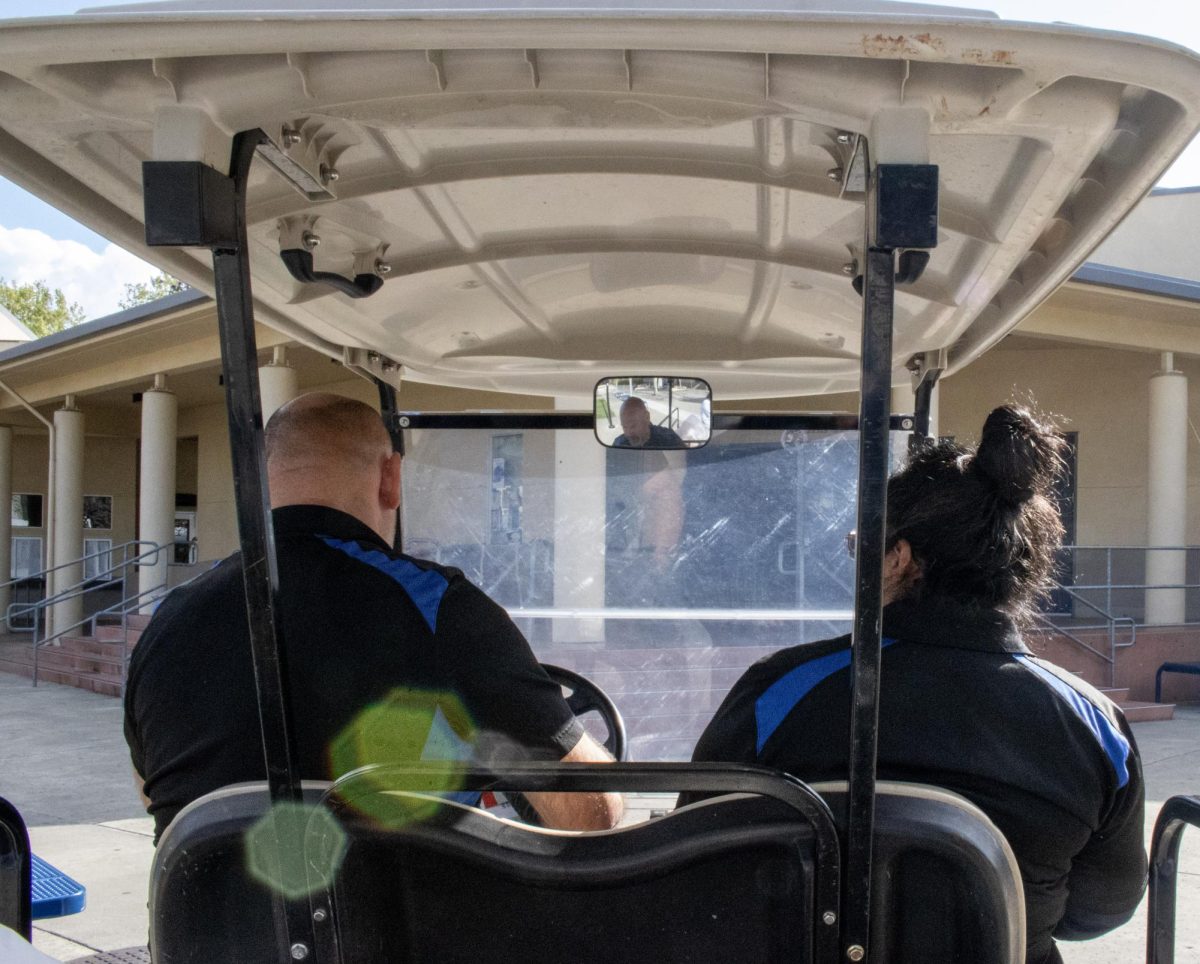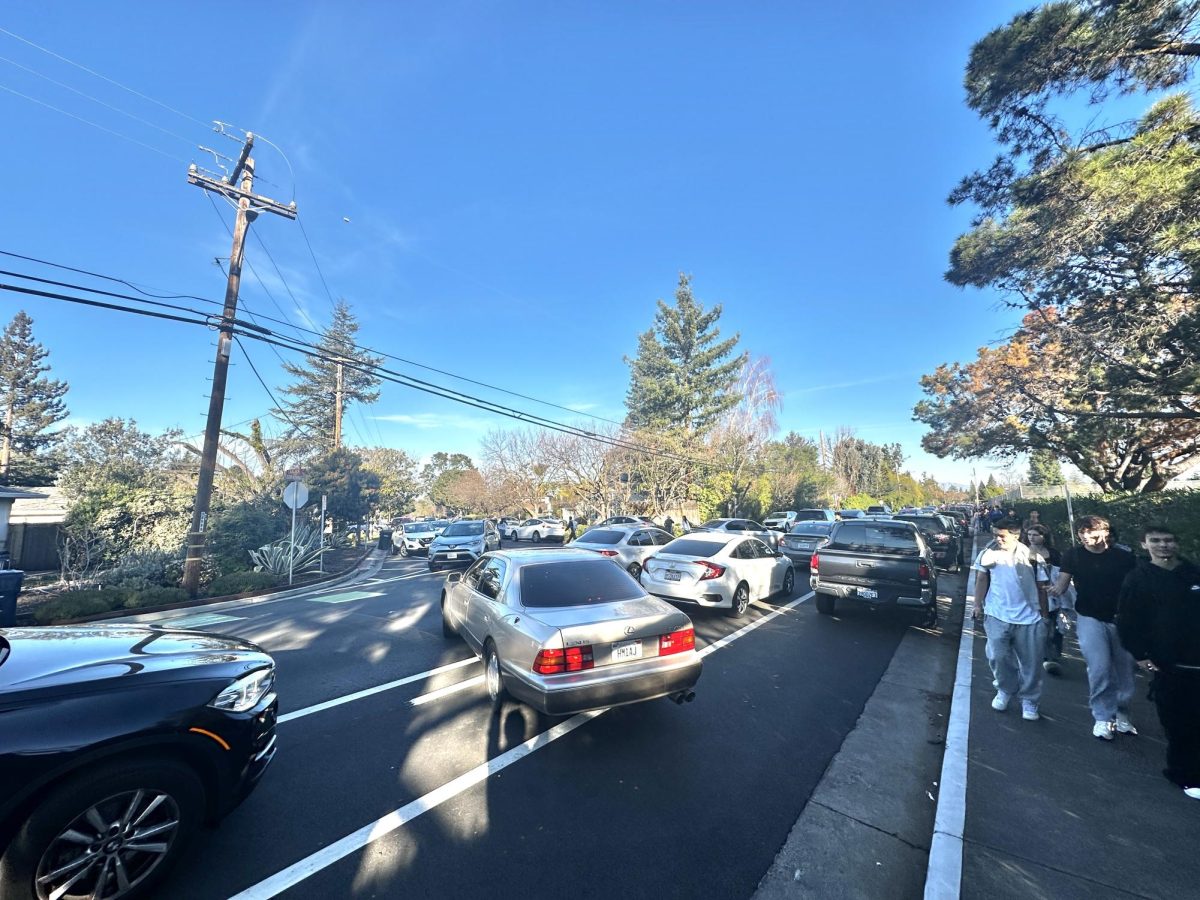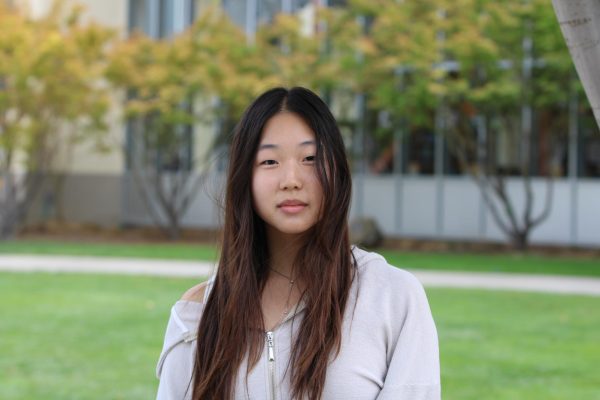Two seconds pass. That’s a new person in the United States who needs blood.
Every day, more than 29,000 pints of blood are necessary for surgeries, illness treatments and injuries in the US; approximately one in seven people who enter a hospital require transfusions.
Despite that, only around 3 percent of the eligible population donate annually.
To alleviate the demand and raise awareness, the Red Cross Club at Los Altos High School held a blood drive on Wednesday, March 20 in collaboration with the American Red Cross. They received nine donations.
“One pint of blood can save up to three lives,” Red Cross president junior Ria Kohli said. “It’s just really important for people to be aware and donate.”
Initially, the club had hoped for 35 total donors. After organizing the drive with Bay Area Red Cross account manager Camila Columna and advertising the event through fliers and announcements, they quickly saw that even 35 may have been too ambitious. Columna acknowledges this trend in blood drives of local high schools — no one seems to donate.
“High schools and colleges used to be a really strong portion of our blood collections,” Columna said. “But after COVID-19, we’ve seen a decline in interest and in participation.”
Most rarely donate blood because they aren’t invited to. Those who are invited refuse due to the fear of needles or the assumption that they aren’t eligible.
“The big thing is to educate them to show that their fears are all handled and encourage them,” Columna said.
“It’s really not dangerous at all,” Ria said. “It’s something that has been done for years and it’s a regulated activity.”
The donation takes 15 to 20 minutes at most and the initial prick of the needle is quick. The donor arrives at the site, with or without an appointment, and checks in at registration. A staff member checks their temperature, blood pressure, iron levels and pulse rate, then reviews health questionnaires regarding any medications, lifestyle habits and travel that may affect the blood donation. Donors should not engage in any strenuous physical action for 24 hours after donating, since proper rest and hydration will return them to their daily activities.
“What we always see is that when a student donates in high school, they are a blood donor for life,” Columna said. “Those who host blood drives continue in college, and those who had ideas and successes with donations just follow through their career and communities. So why not start now?”
Columna herself is not eligible, but emphasizes the importance of being involved, regardless of eligibility.
“If you’re not able to donate, volunteer at a blood drive. Talk to donors,” Columna said.
Adrianne Rogers, the LAHS’ blood drive leader who managed the donations, shares the sentiment.
“It’s saving lives,” Rogers said. “Every day I go to work and I do some good in the world. I love it.”




